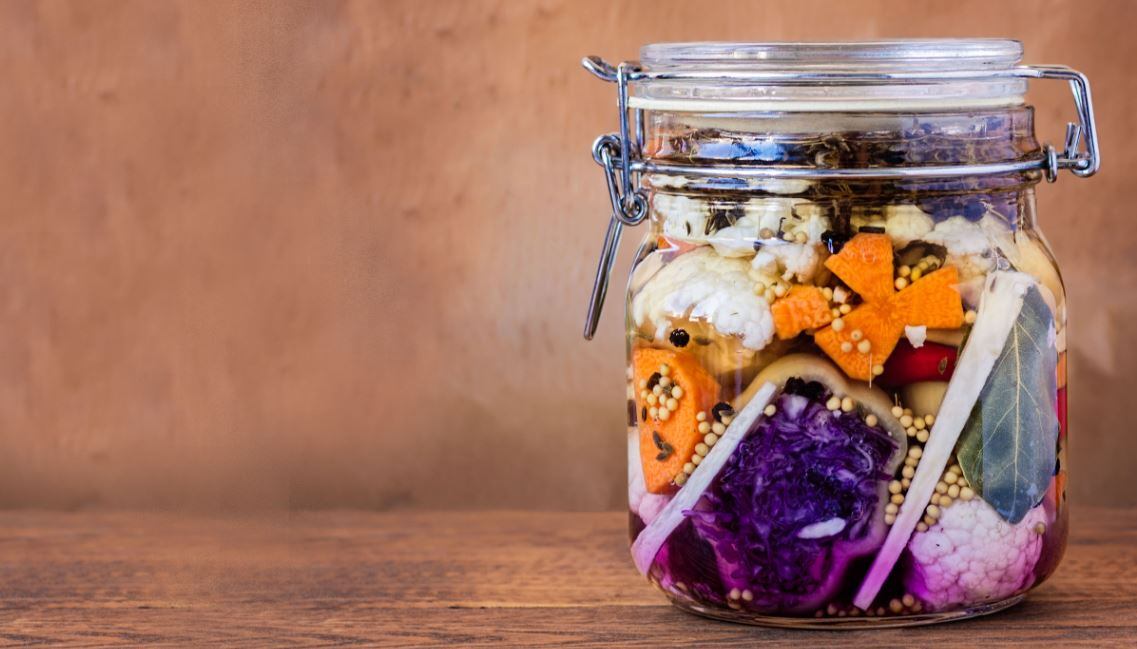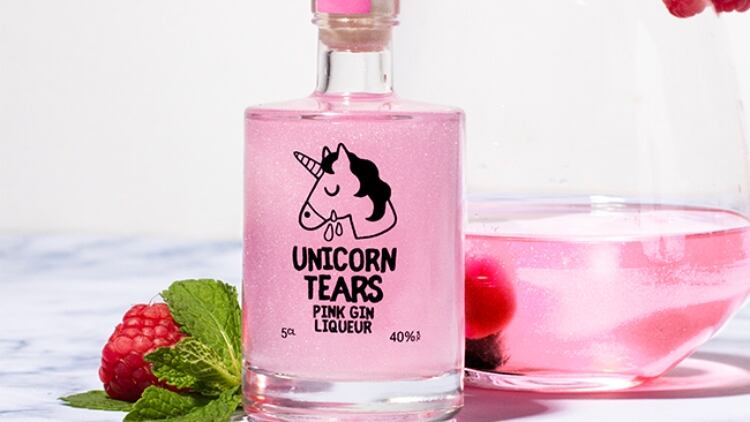Here are the basics of how to do it, how to sell it, as well as the dishes you can create with these wonderful concoctions.
Lately, there has been a lot of confusion surrounding the difference between fermented and pickled foods.
While both fermenting and pickling foods produces different results, there are some areas of the processes that overlap and can, therefore, easily spark some confusion.
Here’s what you need to remember: pickling involves soaking foods in an acidic liquid to achieve a sour flavour; when foods are fermented, the sour flavour is a result of a chemical reaction between a food’s sugars and naturally present bacteria – no additional acid is required.
Pickling is often the least healthy choice in terms of these two foods. Despite the price tag on pickled and fermented foods, you can usually make similar products at home for a fraction of the cost, and the home-made stuff is often better for you than store-bought varieties anyway.
Touted as one of the most important culinary trends, fermented foods have made somewhat of a comeback in recent years.
Partially thanks to the popularisation of its reported health benefits, the food genre has been heralded as a vital component of a gut-friendly diet.
Important to gut health
Due to the bacterial fermentation process, food that is naturally fermented is also a rich course of probiotics (health-supportive bacteria that aids in digestion).
These bacteria naturally enhance the gut microflora. Fermented foods also increase the bioavailability of a selection of vitamins and minerals, including some B vitamins, zinc and magnesium.
Fermented foods, therefore, play an active role in gut health, bone health and the immune system.
Fermented foods like sauerkraut and kimchi aren’t considered to be the most appealing types of food, however, research exploring these and other fermented products on gut, brain, and body health has revitalised public interest.
But your options aren’t limited to just sauerkraut or kimchi. So, if you’re keen on the potential benefits of fermented foods and you’re wondering where to start, there are a number of potential preserves worth piling on your plate.
Kombucha, which is made from a Scoby (symbiotic colony of bacteria and yeast) mixed with sweetened black of green tea, has been around for more than 2,000 years – and for good reason.
During kombucha’s fermentation process, the Scoby eats away at the sugars in the tea mixture, producing natural organic acids, B vitamins, and probiotic bacteria as a result.
While many experts agree there needs to be more studies on humans to determine the health benefits of it, some research suggests that other components of kombucha, like the polyphenol compounds from tea, are linked to a variety of health benefits, including lower cholesterol levels; decreased blood sugar levels; reduced rates of some cancers; and improved liver functions.
Kimchi, a favourite with Koreans, is a great source of probiotics. Made by fermenting vegetables, specifically cabbage, with probiotic lactic acid bacteria – topping up your sandwich or barbecue with this flavourful fermented cabbage may lead to health benefits.
In addition to its claimed digestive health benefits, classic lacto-fermented sandwich topper sauerkraut is a great source of fibre, which feeds beneficial probiotic bacteria in the gut and keeps your digestive system running smoothly.
It is believed sauerkraut can have a powerful impact on brain health, including preventing depression and anxiety.
Unlike non-refrigerated, store-bought varieties, home-made sauerkraut does not contain chemical preservatives or added sugar.
Kefir is a bit like yogurt, except that it’s more of a drinkable consistency. Researchers report kefir may reduce irritation in the intestines as well as preventing toxins and other pathogens from entering the blood stream. If you’re choosing to drink dairy kefir, some variants may be loaded with refined sugar.
It’s hard to go wrong with yogurt and just like kefir, it has been fermented with lactic acid bacteria, making it a gut-friendly food choice. In fact, research has found that yogurt can increase the number of good bacteria strains in the gut.
Why’s that good? Having fewer strains of good bacteria may increase the risk of illnesses, including type 2 diabetes, obesity, irritable bowel syndrome and inflammatory diseases.
Soybean options
A variety of indigenous fermented foods exist today; however, tempeh has been one of the most widely accepted and researched mould-modified fermented products. Tempeh is a
traditional fermented food made from soaked and cooked soybeans inoculated with a mould, usually of the genus Rhizopus.
After fermentation has occurred, the soybeans are bound together into a compact cake by mycelium.
An important function of the mould in the process is the synthesis of enzymes, which hydrolyse soybean constituents and contribute to the development of a desirable texture, flavour, and aroma of the product.
Natto is a traditional health food in Japan made from fermented soybeans. Highly nutritious and rich in protein, natto is a popular breakfast dish.
It can be an acquired taste because of its slippery texture (similar to cooked okra) with a pungent smell. Commonly served over steamed rice with a few drops of soy sauce, natto can also be used to make various cuisines such as spaghetti; sushi rolls and fried rice.
One thing is for sure, fermented foods provide a source of probiotics that are claimed to benefit gut health and by eating a variety of fermented foods, you are directly supplying your digestive tract with a wide range of bacteria that could help promote the growth intestinal health.




